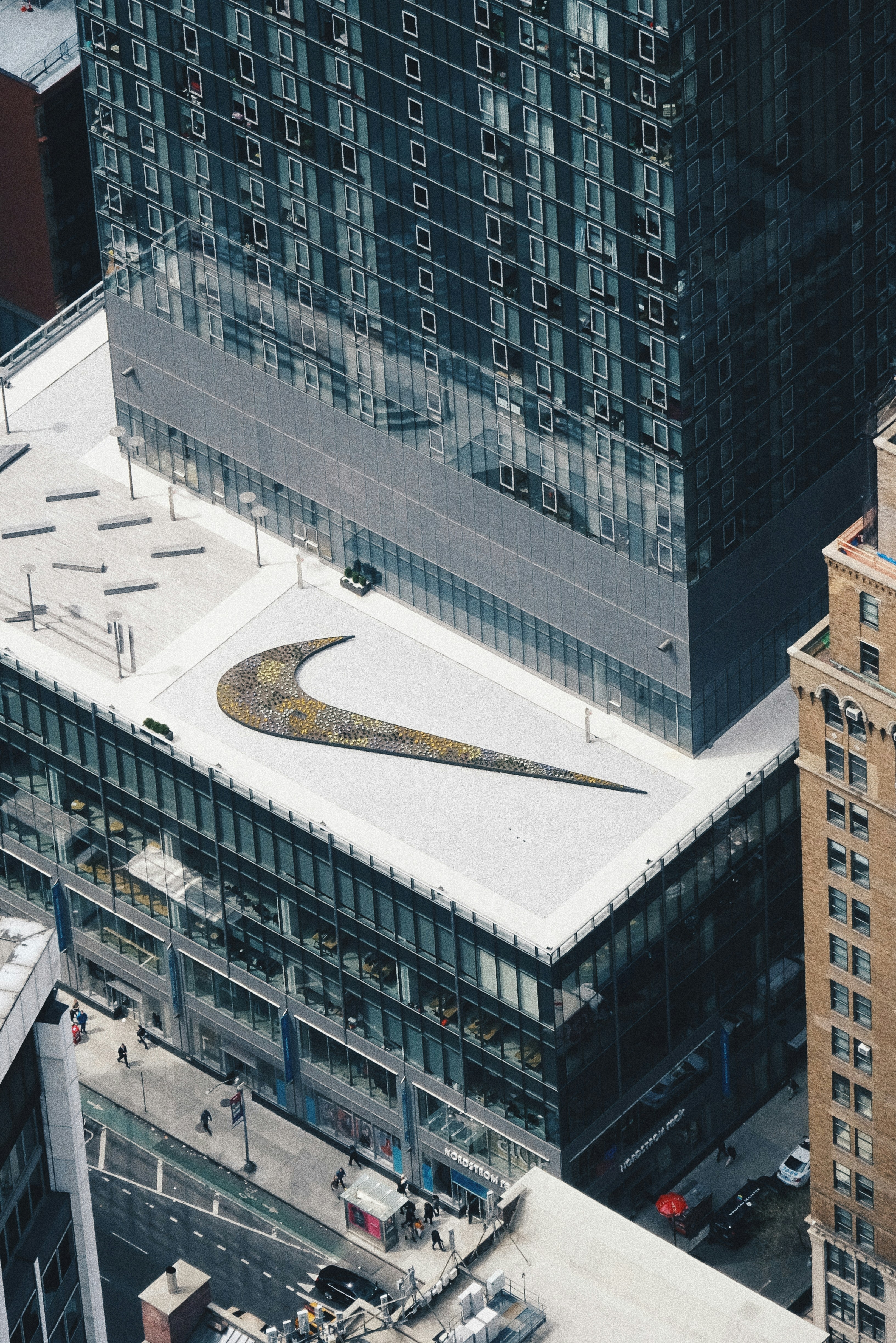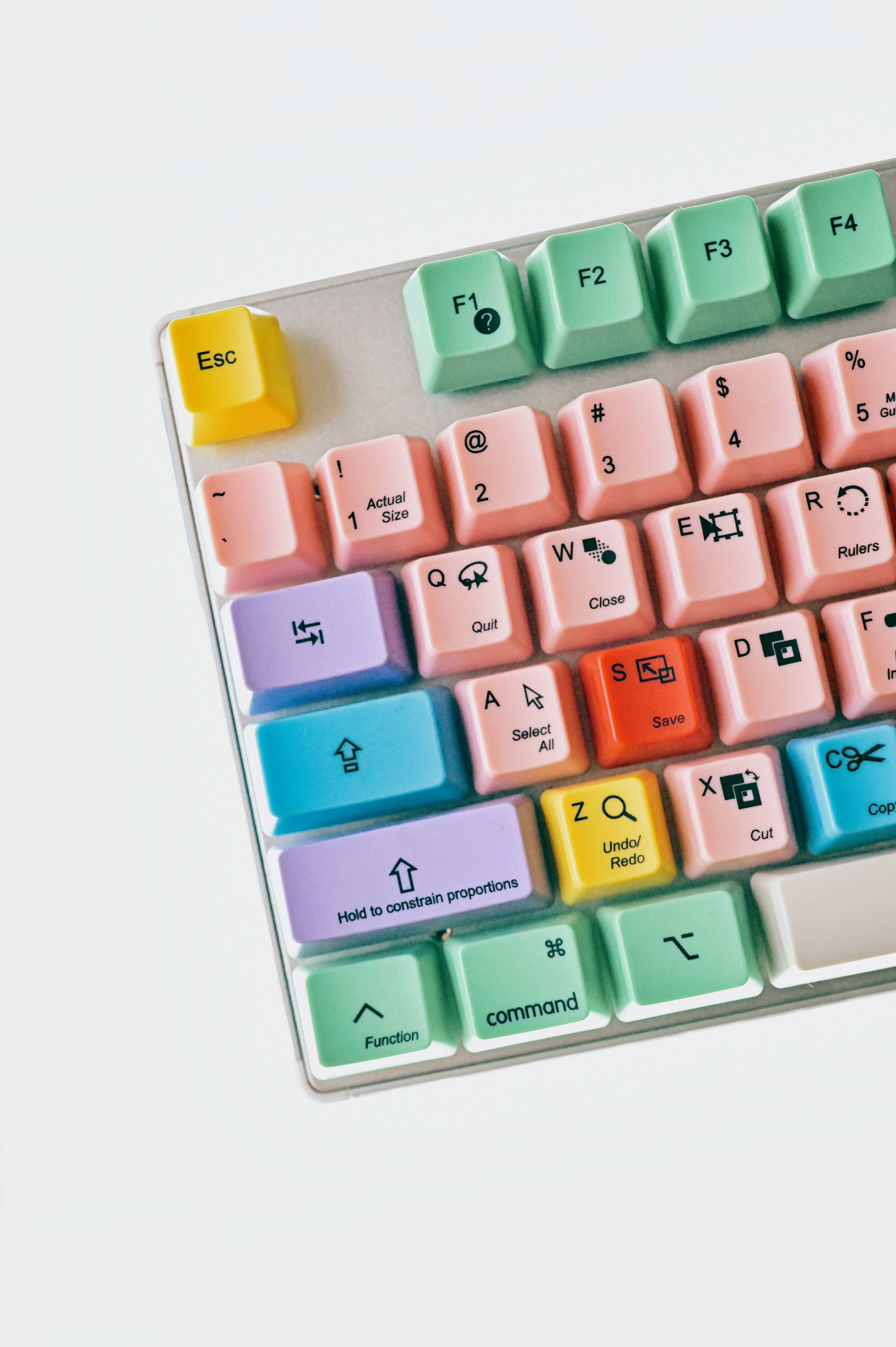Nike: How Genius Marketing and Athlete Collaborations Made the Swoosh Unstoppable
From Michael Jordan to Colin Kaepernick, Nike’s campaigns and partnerships didn’t just sell sneakers—they reshaped culture. Here’s how they did it.
Date
2025
Category
Branding
Contact Us
Let’s not kid ourselves—Nike isn’t just a brand; it’s a cult. You don’t buy Nikes because you need shoes. You buy them because you want to feel like an athlete, even when your idea of cardio is walking to the fridge. Nike didn’t get here by accident. It mastered the art of making you believe that lacing up its shoes would somehow turn you into LeBron James. Want to know how Nike built a global empire while its competitors were busy fumbling their slogans? Here’s the playbook.
The “Just Do It” Campaign: Simple Words, Massive Impact
1988 was the year Nike said, “Let’s make a slogan so good, people will tattoo it on themselves.” Just Do It. Three words. No fluff. It was less about shoes and more about the kind of life you’d lead if you stopped making excuses.
Example: This wasn’t just marketing—it was psychological warfare. Featuring everyone from Bo Jackson to your average jogger struggling through their third mile, Nike made sure everyone felt included. “Don’t have Michael Jordan’s talent? Doesn’t matter. Just do it. Still sitting on the couch? Just do it. Eating pizza while wearing Nikes? Yep, you’re still crushing it.”
The campaign didn’t just boost sales—it tripled Nike’s revenue in under a decade. People bought the dream. The shoes were just a bonus.
Brutal Truth: If your slogan needs a paragraph to explain, throw it out. If it doesn’t fit on a T-shirt, what’s the point?
Michael Jordan and Air Jordans: Sneakers That Ruled the World
When Nike signed Michael Jordan, they didn’t just sign an athlete—they signed a legend. Air Jordans weren’t just shoes; they were a cultural revolution. Even kids who couldn’t dribble to save their lives lined up to buy them.
Example: Jordan dominated the NBA, and Nike made sure his shoes dominated the streets. Air Jordans didn’t just represent performance; they represented status. Suddenly, sneakers weren’t just for sports—they were for flexing.

The result? Nike turned a $2.5 million endorsement deal into a $5 billion empire. And other brands? They’ve been crying into their mediocre sneaker designs ever since.
Brutal Truth: If your brand isn’t making people line up at 4 a.m. for a release, it’s time to rethink your strategy.
Serena Williams: Breaking Records and Smashing Stereotypes
Nike doesn’t just work with athletes—it works with icons. Enter Serena Williams: 23 Grand Slam titles, endless barriers broken, and enough grit to make most people feel lazy.
Example: Nike’s “Dream Crazier” campaign celebrated Serena’s journey while flipping the script on what it means to be a female athlete. Translation? “Oh, people think women showing emotion is ‘crazy’? Cool. Let’s show them what crazy can do.”

This wasn’t just an ad. It was a cultural mic drop. It said, “Yeah, Serena’s a boss—and so are you.”
Brutal Truth: If your brand isn’t celebrating real, world-changing people, don’t expect to change the world.
LeBron James: From the Court to the Culture
When Nike signed LeBron James in 2003, they weren’t just betting on a rookie—they were betting on a future billionaire. Turns out, they were right.
Example: LeBron’s signature shoe lines didn’t just sell—they became collector’s items. But Nike’s partnership went beyond shoes. They spotlighted LeBron’s activism, using his platform to tackle social justice issues while making your shoes look good doing it.

Brutal Truth: If your brand partnerships are only about products, you’re playing checkers while Nike plays chess.
Colin Kaepernick: Taking a Stand (and the Heat)
2018’s “Believe in Something” campaign featuring Colin Kaepernick was Nike’s most controversial move yet. While some brands were busy trying not to offend anyone, Nike said, “Screw it. Let’s take a stand.”
Example: Kaepernick’s protest against racial injustice and police brutality made headlines—and Nike made waves by backing him. “Believe in something. Even if it means sacrificing everything.” Some people burned their Nikes in protest. Nike didn’t care. Why? Because for every angry tweet, ten more people bought into the message.
The results? A 31% jump in online sales and a campaign that proved being bold pays off.
Brutal Truth: If your brand isn’t willing to take risks, you’re playing it safe—and safe doesn’t win championships.



